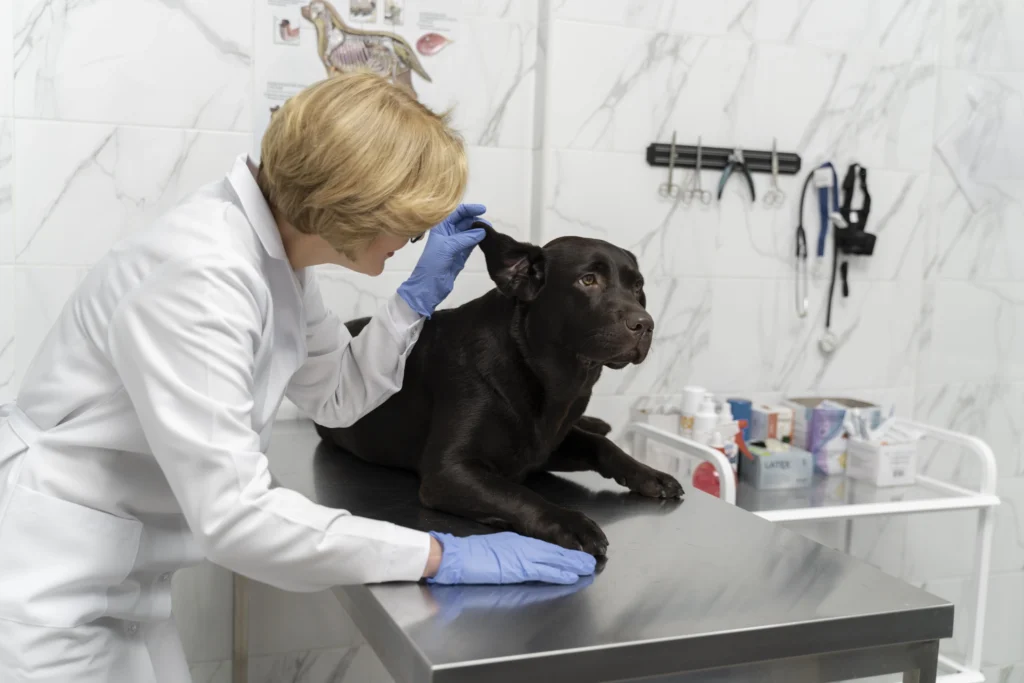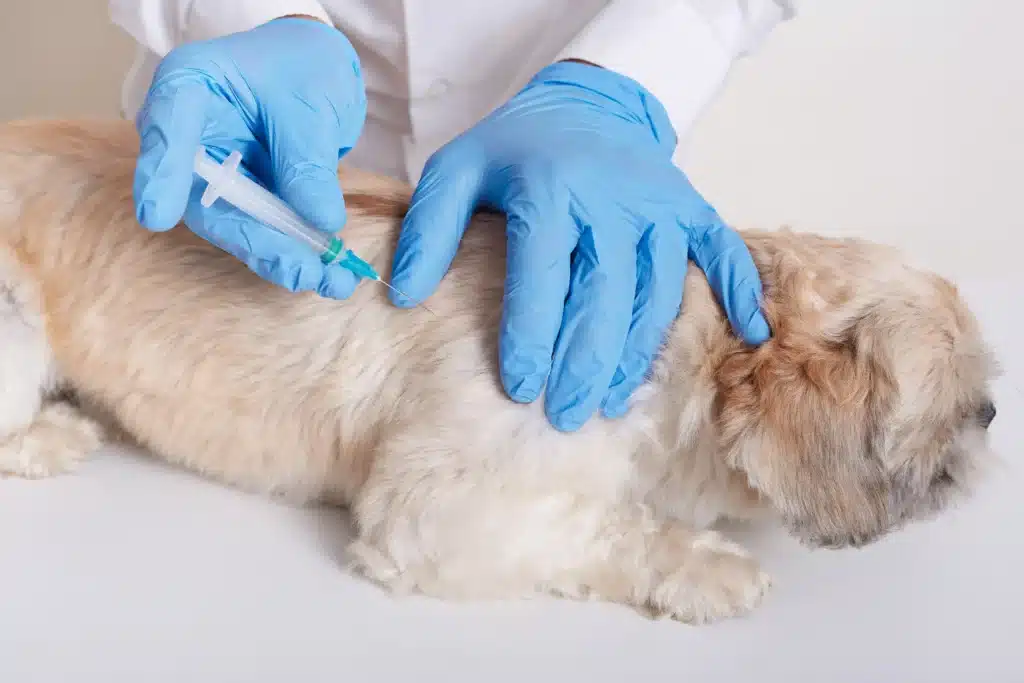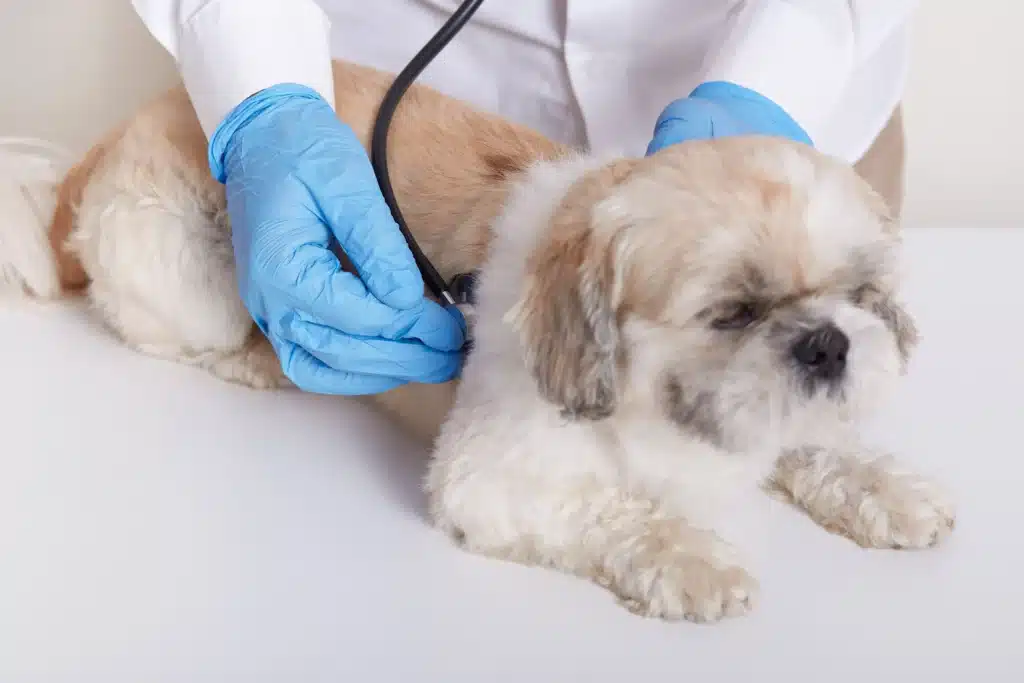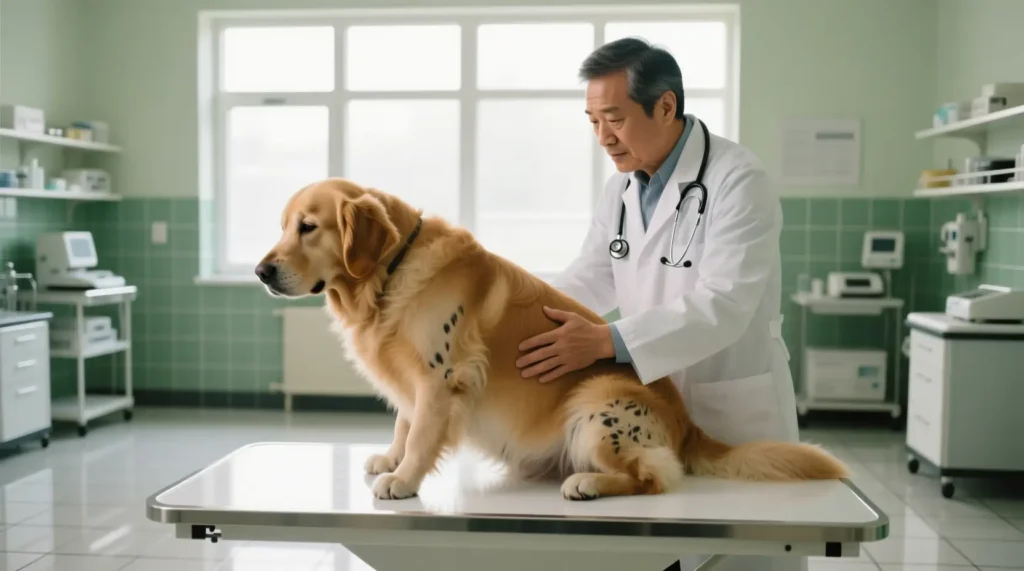Melatonin can be used as an adjunct (supportive) therapy in canine Cushing’s disease—primarily to help coat/skin issues and to modestly support endocrine balance—but it does not replace first-line medical treatment (trilostane or mitotane) or surgery. Veterinarians may pair melatonin with lignans in mild/atypical cases or when alopecia is prominent.
What is melatonin and how could it help a dog with Cushing’s?
Melatonin is a pineal hormone that regulates circadian rhythm and has antioxidant/anti-inflammatory actions; these properties underlie its supportive use in endocrine and dermatologic problems in dogs.
- Veterinary references list melatonin for sleep/behavior support and some hair-coat disorders; its safety profile is generally favorable under veterinary supervision.
- Experimental work in dogs shows variable effects on cortisol and inflammatory markers; any cortisol-lowering effect is inconsistent and not disease-modifying by itself.
When do vets consider melatonin in Cushing’s management?
Vets most often consider melatonin for alopecia/skin quality, sleep disruption/anxiety, or atypical hyperadrenocorticism (elevated adrenal sex steroids with normal cortisol). It is added to, not substituted for, standard HAC therapy.
- Atypical HAC protocols from the University of Tennessee include melatonin ± flax lignans; response is monitored by clinical signs or a repeat steroid profile over several months.
- Hair-coat benefit: Melatonin has documented use for seasonal flank alopecia and hair-cycle arrest; evidence ranges from case series to controlled trials with mixed outcomes, but regrowth is reported in a substantial subset of dogs.

What does the evidence say does melatonin treat Cushing’s?
There is no high-level evidence that melatonin alone treats (normalizes) hypercortisolism; its role is supportive alongside proven treatments.
- Standard of care: Merck Veterinary Manual identifies trilostane or mitotane (and adrenalectomy for appropriate tumors) as primary treatments; these directly reduce cortisol or remove the source.
- Adjunct data: University of Tennessee materials and subsequent reports describe clinical improvement in some dogs (especially alopecia/atypical profiles) with melatonin ± lignans, but these are not controlled trials for classic HAC.
- Physiology studies: In dogs, oral melatonin has shown inconsistent cortisol changes around stress/surgical models—supporting that any endocrine effect is modest.
Melatonin Dosage & Safety Guidelines for Dogs
(Vet-Reviewed Format — Educational Use Only)
Overview
Melatonin is a naturally occurring hormone used in veterinary medicine to help manage conditions such as anxiety, sleep disturbances, seasonal alopecia, and some hormonal disorders like Cushing’s disease.
Although widely used, melatonin remains off-label for dogs, meaning there are no standardized or FDA-approved dosing guidelines. Each plan should be tailored by a licensed veterinarian.
Typical Oral Dosage Ranges
Veterinarians commonly use oral melatonin within a total daily range of approximately 3 – 9 mg, adjusted for body weight and clinical response. Doses are often divided into one or two administrations per day.
Illustrative Weight-Based Guide
- Small dogs (< 10 kg): 1 – 3 mg per dose (once in the evening or every 12 hours)
- Medium dogs (10 – 30 kg): 3 – 6 mg per dose (every 12 hours or nightly)
- Large dogs (> 30 kg): 6 – 9 mg per dose (every 12 hours or nightly)
These values are reference points only. Age, concurrent medications, and health conditions can alter how melatonin is absorbed or tolerated. Always follow your veterinarian’s individualized instructions.
Implant Use (Dermatologic & Hormonal Applications)
Long-acting melatonin implants have been used off-label for seasonal hair loss and certain endocrine-related conditions.
Depending on the formulation, an implant may provide 3 – 6 months of effect. Implant choice, insertion site, and interval between treatments should be determined by a veterinarian experienced with this therapy.

Product Quality & Safety Notes
- Use veterinary-approved or vet-reviewed products only. Many human supplements vary in strength and purity.
- Avoid products containing xylitol. Xylitol is toxic to dogs and may appear as a sweetener in some human formulations.
- Monitor for side effects: mild drowsiness, gastrointestinal upset, or behavioral changes. Discontinue use and consult a vet if any reaction occurs.
- Pregnant, lactating, or young dogs should not receive melatonin unless specifically directed by a veterinarian.
What side effects or interactions matter in Cushing’s patients?
Melatonin is generally well tolerated; possible effects include drowsiness, GI upset, and hormonal interactions. Exercise caution in pregnancy/lactation and in diabetic dogs (possible impact on insulin sensitivity). Coordinate with your vet if your dog receives sedatives, benzodiazepines, or other CNS-active drugs.
Can melatonin replace trilostane or mitotane?
No. Untreated Cushing’s risks hypertension, infections, diabetes, thromboembolism, and progressive organ impact; these outcomes are prevented/controlled with proven therapies, not supplements alone.
How should owners integrate melatonin into a complete plan?
Discuss melatonin with your vet after diagnosis and stabilization on standard therapy; add it when alopecia/skin quality or sleep issues remain meaningful to quality of life.
Checklist (vet-guided):
- Confirm diagnosis and etiology (pituitary vs adrenal) and start first-line therapy.
- If using melatonin, begin low, recheck for sedation/GI upset, and track coat changes every 6–8 weeks.
- For atypical HAC, consider melatonin + lignans per University of Tennessee guidance; reassess clinically and/or via steroid profiles over ~4 months.
- Maintain routine ACTH-stim/LDDST monitoring and manage comorbidities (UTIs, hypertension, diabetes). Proven HAC monitoring remains essential.
Key takeaways
- Supportive—not curative: Melatonin can help selected signs (especially alopecia), but it doesn’t replace trilostane/mitotane or surgery.
- Reasonable safety: With vet oversight and xylitol-free products, melatonin is usually well tolerated.
- Atypical HAC option: Protocols from University of Tennessee include melatonin ± lignans for dogs with elevated sex steroids; expect months before judging response.
- Evidence level: Controlled HAC trials are limited; use melatonin to improve quality of life, not as disease-modifying monotherapy.


